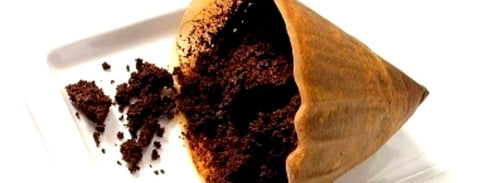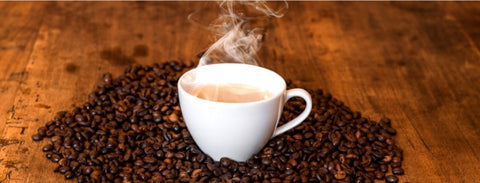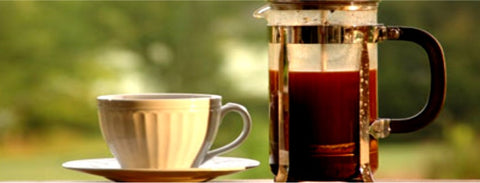We can generally agree that unbleached filters are kinder to the environment. However, to each is own. We have an acquaintance who uses white, bleached filters, rinses and dries them after brewing coffee and then turns them in the most creative paper flower arrangements you can imagine. Her filter flowers have graced the tables of many wedding venues. Now that is good for the heart’s environment! And we digress, but it was worth mentioning.
The term, “bleached” demands our attention. It evokes the notion of chemicals sneaking into each brew by mere contact, and possibly even an expectation of chlorine-like taste and odor. At the very least, and more than ever, we are conscious about the impact of everyday materials on our environment, and rightly so.
Filters are bleached one of two ways: chlorine bleached or oxygen bleached. The amount of chlorine is minimal. Any residual is too insignificant to worry about leeching in your coffee. There is likely more chlorine in your tap water. Look for the words “Oxygen bleached” on packaging if you are concerned.
In essence, bleached and unbleached filters brew an equally delicious cup. Always wet filters first, to minimize the transfer of “filter lint” into your coffee. That, it turns out, is more likely to diminish the quality of your brew than whether the filter you used is bleached or not.
Interestingly, many paper mills and filter manufacturers are switching to hydrogen peroxide or oxygen as bleaching agents and you can look for packaging that states this. These filters can be rinsed, dried and discarded on the compost pile.





Comments (0)
There are no comments for this article. Be the first one to leave a message!